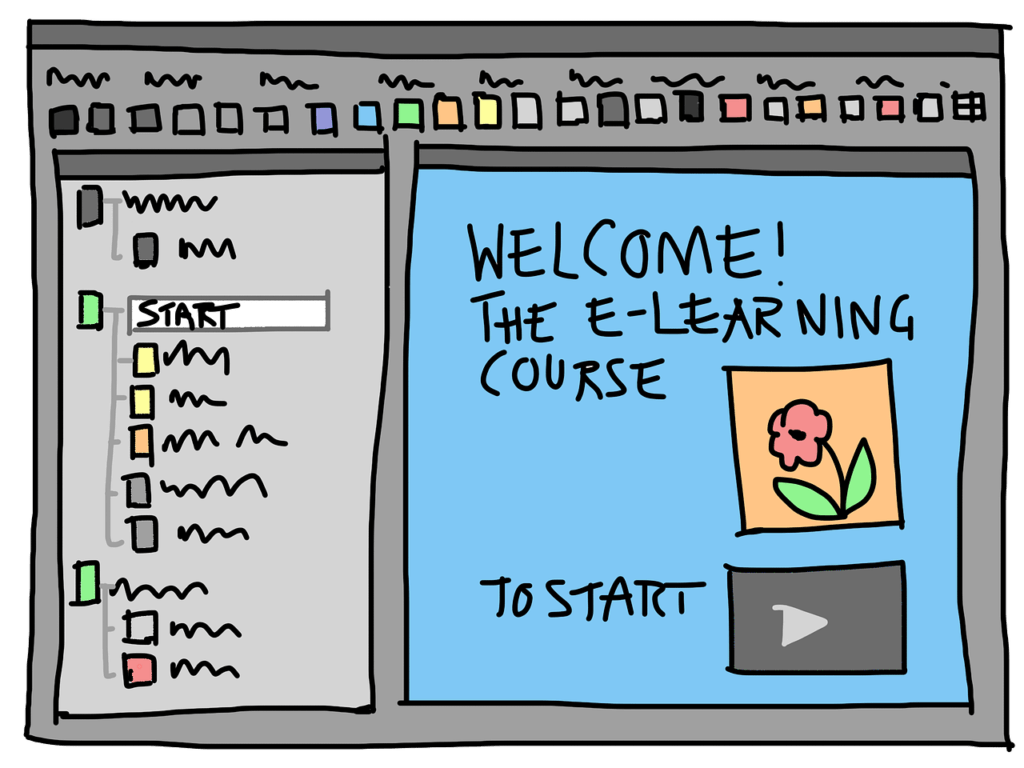I’m going to walk you through the initial, and arguably most crucial, step in starting an online business: finding your niche. This isn’t just about picking a random area of interest; it’s also about where you can provide unique value and stand out in the marketplace.
You’re going to find out how essential it is to research market demand. This can involve looking into what people are searching for, identifying gaps, and finding a space where your offerings can shine. Google Trends and keyword tools can offer insights here.
Competition is actually your friend. Why? It validates market demand. But, to carve out your niche, you’ll be focusing on where the competition is lacking and what additional value you can provide. Analyzing competitors helps tailor your business to address unmet needs.
Choose something that resonates with you. Your online business should align with your passions and skills because, let’s face it, you’re going to spend a lot of time on this. Make sure it’s a venture you love and are knowledgeable about; this affinity will come through to your customers.
Lastly, I want to talk about niche validation. It involves getting feedback on your idea before going full throttle. Polling potential customers, conducting beta tests, or setting up a minimum viable product can save you from heavy investments into uncertain waters. And remember, you can always adjust your approach down the road.
Creating Your Online Presence: Website and Branding Essentials

If you’re going to establish a robust online business, your website and branding are non-negotiable cornerstones. They’re often the first point of contact with potential customers, making their impact crucial. I’m here to help you navigate through these essentials. First off, let’s talk about planning your business website. You have two main routes: tackle it yourself with a website builder or hire a professional. Consider your budget, skills, and the time you can invest.
Your business website should include several key elements: a clear value proposition, easy-to-find contact information, and quality content. It should also be optimized for search engines from the get-go. Responsive design is a must, too, ensuring your site looks good on any device.
Now, onto developing your brand identity. This isn’t just about a logo; it’s about the entire customer experience. Ask yourself, ‘What do I want my brand to stand for?’ Your brand aesthetics should reflect your business values and appeal to your target audience. It’s about consistency across all platforms and materials, from your website to your business cards.
Choose a domain name that’s going to stick in people’s minds. It should be easy to spell, relevant to your business, and appropriate for your niche. And don’t underestimate the value of a reliable hosting service; uptime and speed can make or break the user’s experience on your site. Now that the essentials are lined up, you’re one step closer to turning your business into a reality.
What about SEO? Understand the basics of search engine optimization to fuel your online visibility. This is going to include using the right keywords, creating quality content, and ensuring a good user experience. As you move into crafting your products or services, building an SEO-friendly site will be paramount in drawing customers in and getting them interested in what you have to offer. For help with this I would highly recommend that you check out the Wealthy Affiliate website. They have comprehensive classes on SEO, explaining what it is and how its management is so vital in effectively managing your business. You will come away with a practical understanding of how SEO works and how you can apply that knowledge to your business.
Setting Up Your Product or Service: Crafting a Compelling Offer

Creating an irresistible product or service is where your online business starts to take shape. You’re going to find out about tailoring your offer so it stands out in the market. But this isn’t just about what you sell; it’s also about how you present it to potential customers.
Initially, zone in on the core benefits your product or service provides. Ask yourself what problems it solves and how it improves the lives of your customers. Remember, benefits sell, not features. To flesh this out more, create a value proposition that clearly communicates why someone should buy from you and not your competitor.
Pricing can be tricky, but it’s a critical piece of the puzzle and don’t worry too much about getting it perfect on the first go. Your prices should reflect the value of your offering, consider your costs, and take into account what the market can bear. It might be tempting to undervalue your offer to attract more customers, but this can backfire. You can always adjust your approach down the road.
Content is king, and high-quality, relevant content surrounding your product can do wonders for its appeal. Use attention-grabbing images, clear and concise descriptions, and customer testimonials whenever possible. And make sure that all of this reflects the brand identity you developed earlier.
Finally, gather feedback early and often. Launching your initial product or service should be seen as the starting point, not the finish line. Customer insights can drive improvements and adaptations that could lead to a more successful offer. Plus, this ongoing conversation builds relationships and trust with your clientele.
Marketing and Growth Strategies: Building Your Client Base

Effective digital marketing techniques for new online businesses involve a mix of content marketing, pay-per-click (PPC) advertising, search engine optimization (SEO), and social media engagement. It’s about finding the right channels where your target audience spends their time and presenting your business in a way that resonates with them.
Leveraging social media platforms isn’t just about frequent posts; it’s about creating meaningful interactions. You’re going to find out about the benefits of each major platform and how to use them to foster a community around your brand.
Email marketing might sound old school, but trust me, it’s far from being outdated. Building and nurturing your list can become your most reliable communication channel. You’ll learn how to collect emails ethically and use them to maintain a relationship with your customers.
Don’t skip on analytics. Understanding the behavior and preferences of your audience is crucial. You’ll get the hang of setting up basic analytics tools to measure your business’s performance and make data-driven decisions.
As you scale your business, remember to focus on maintaining customer satisfaction. Increased traffic and sales are great, but without a strong customer service infrastructure, it’s easy to drop the ball. I’ll be showing you how a few small changes can make a big impact on customer loyalty.

